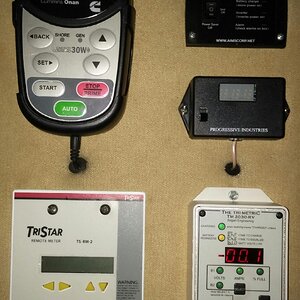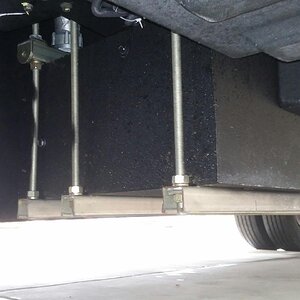Joe Dutchstar
RVF Supporter
- Joined
- Nov 3, 2019
- Messages
- 3,643
- Location
- Florida
- RV Year
- 2024
- RV Make
- Newmar
- RV Model
- Dutch Star 4311
- RV Length
- 43
- Chassis
- Spartan
- Engine
- Cummins
- TOW/TOAD
- 2018 Ford Flex
- Fulltimer
- No
How many people check electrical connections? Not top of mind but an excellent pre-trip checklist items. RV Electricity – Torque those ATS screws properly - RV Travel
















